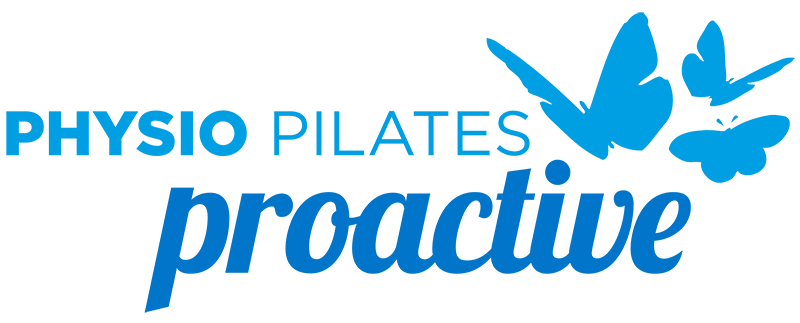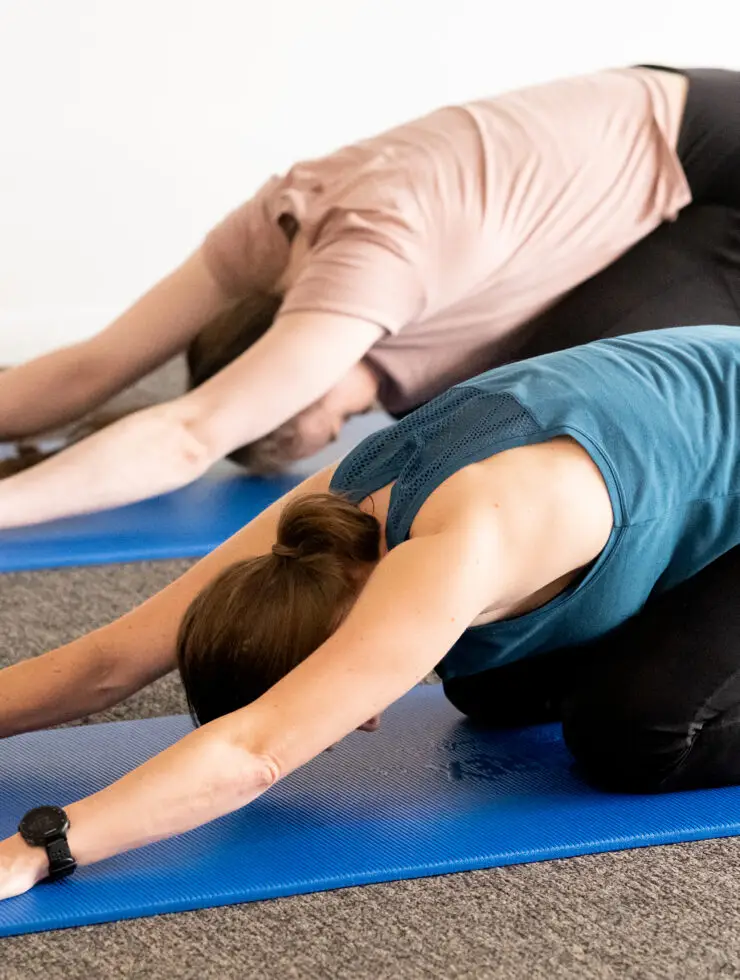- Ensure that your desk set-up is conducive to facilitating good posture.
- The top of your computer monitor should be eye level and one arm’s length away (make sure you don’t have to lean forward to read the text). You may need to prop it up with some books.
- Adjust your chair so that the keyboard should be level with your wrists when typing.
- Your feet should be flat on the floor (or use a footrest), the hips should be ever so slightly higher than your knees, and the chair should have a backrest that can ideally be positioned to support the curve of the low back.
- Desks should ideally be 690-735mm high.
- Use a supportive chair
- It is best to use one that is fully adjustable- including height, backrest height and tilt.
- Adjust the backrest so that it is positioned in the curve of the lower back. If you do not have a backrest then using a lumbar roll in the small of the back can be helpful.
- The backrest angle should be at about 90 degrees.
- The angle of the seat should be at about 90-95 degrees so that your hips are slightly higher than your knees.
- Take regular rest breaks
- Set a timer every 30 minutes to get up and move around/stretch for 1-2 minutes
- Breaks could involve you getting up to walk outside for some fresh air for a minute or two, or to get a drink of water, do some neck retractions, cobras on the floor or stretch over the foam roller for a minute or two.
- It is also important to take structured breaks away from the computer- try to schedule in a proper lunch break to spend an extended period of time away from the computer. During this time try to stretch all parts of your body including your neck, shoulders, wrists and hands, upper and lower back and legs.
- Set up your environment
- Even lighting is important, don’t sit facing bright daylight, like a window behind the screen.
- Make sure there is no glare on your screen.
- Maintain a temperature between 20-26 degrees.
- Try to have frequently used items within easy reach so that you are not twisting or sitting at odd angles.
- Stretch and move throughout the day
- All the muscles in your body need regular movement- try to incorporate a stretch for each part of the body when you have a rest break; neck, shoulders, hands and wrists, forearms, upper and lower back and hips and legs.
- Daily exercise such as a brisk walk is very important as well when you have been static for most of the day. Creating a regular habit around this (such as exercising first thing in the morning or as soon as you finish work for the day) can help to create healthy, lasting habits around exercise and movement.




